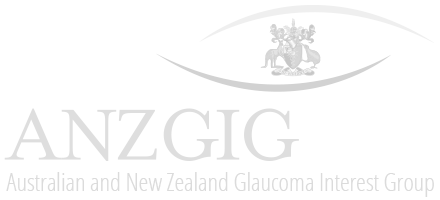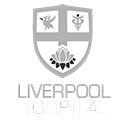Corneal Surgery
The treatment of corneal diseases is rapidly evolving. Our specialists offer the most recent advances in the treatment of keratoconus, pterygia and corneal disease.
We provide expertise in minimally invasive corneal transplantation, Ultraviolet cross-linking and laser eye surgery for a range of corneal conditions.
What is pterygium surgery?
A pterygium is a pink, fleshy tissue which grows over the conjunctiva and edge of the cornea. The major reasons for undertaking pterygium surgery include:
- Persistant irritation or redness
- Reduced or threatened vision
- Increasing size
Surgery involves not only excising the growth, but also transplanting a piece conjunctival tissue (loose tissue covering the eye) to cover the site where the pterygium has been removed. This conjunctival transplant helps to improve recovery, but more importantly it will reduce the chance of recurrence.
What is a corneal transplant?
Corneal transplantation is used to treat diseases of the cornea. A corneal transplant involves replacing the diseased cornea with that from a deceased donor. This tissue is prepared and certified safe for use by the Lyons Eye Bank.
Sometimes corneal disease is limited to the front or back layer of the cornea and may be treated by a corneal transplant which involves replacing only the diseased portion. Such operations are becoming more common and often allow faster visual recovery. In other patients the entire cornea must be replaced.
There are three main types of surgery for corneal transplantation. Each of these techniques has their place in modern corneal surgery. Your surgeon will discuss the best surgical option for managing your condition.
Endothelial Keratoplasty (also known as DSAEK or DMEK)
A form of transplant used to replace the delicate inner layer of the cornea through a relatively small incision. These transplants offer faster visual recovery than traditional full thickness transplants and are used where only the inner layer of the cornea is not functioning.
Deep Anterior Lamellar Keratoplasty (DALK)
A modern technique where the diseased front layers of the cornea are removed and replaced with donor tissue. This operation allows the patient to retain their own inner corneal layers which maintains greater strength in the eye may reduce the likelihood of corneal transplant rejection.
Penetrating Keratoplasty (PK)
The traditional full thickness corneal transplant where all layers of the cornea are removed and replaced with donor tissue. This technique is used where it is technically not possible or desirable to perform a partial corneal graft. Whilst partial transplants are favoured in certain conditions, full thickness corneal grafts often provide the greatest clarity of vision although visual recovery may take 18 months or more.
What is Corneal Cross-Linking for Keratoconus?
Keratoconus is a disorder of the cornea, the clear window at the front of the eye. It causes the cornea to develop an irregular bulge, and to become very steep. This causes blurry vision and makes it increasingly difficult to improve the vision with spectacles. In a significant number of patients, the disease gets progressively worse, and the vision deteriorates. Patients may require rigid contact lenses to see clearly whilst some patients may eventually require a corneal transplant.
Corneal Cross-linking is a relatively new procedure, in which Riboflavin (vitamin B2) drops are applied to the cornea, followed by the application of an ultra-violet light (UVA). This treatment is now routinely used to stabilise keratoconus. Cross-linking causes the cornea to harden and whilst it does not return the cornea to its normal shape, it may stop kerataconus and the vision from getting worse.
If you may require corneal surgery, please call our rooms or make an online enquiry.
MIRANDA
Suite 1
20-24 Gibbs Street
Miranda NSW 2228
02 9525 5190
Fax: 02 9525 0202
Directions and parking
BONDI JUNCTION
Park Place
Suite 606b, Level 6
3 Waverley Street
Bondi Junction NSW 2022
02 9387 4427
Fax: 02 9388 0139
Directions and parking
HURSTVILLE
Suite 12, Level 2
33 MacMahon Street
Hurstville NSW 2220
02 9579 4004
Fax: 02 9570 1377
Directions and parking
© 2017-2024 SYDNEY EYE SURGEONS


